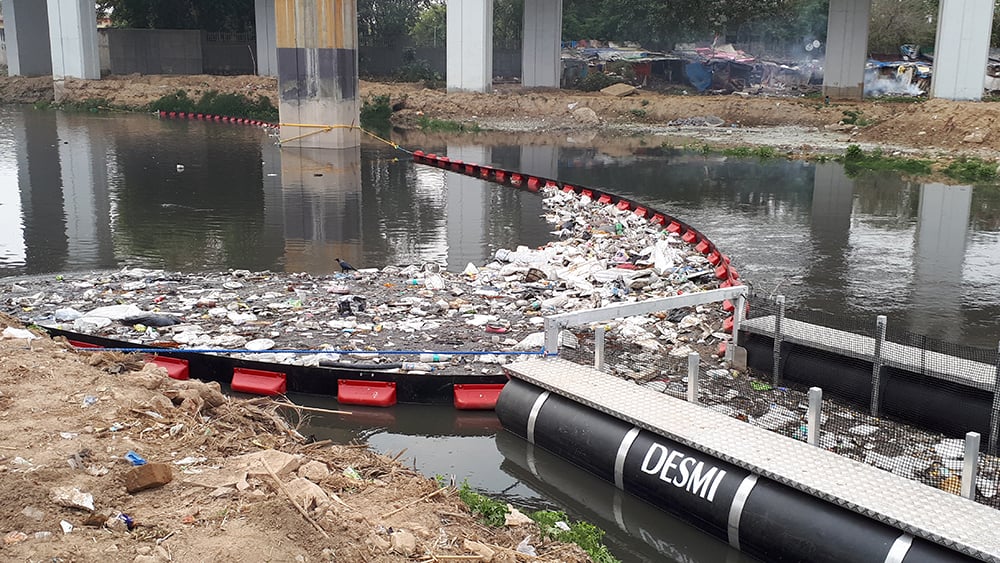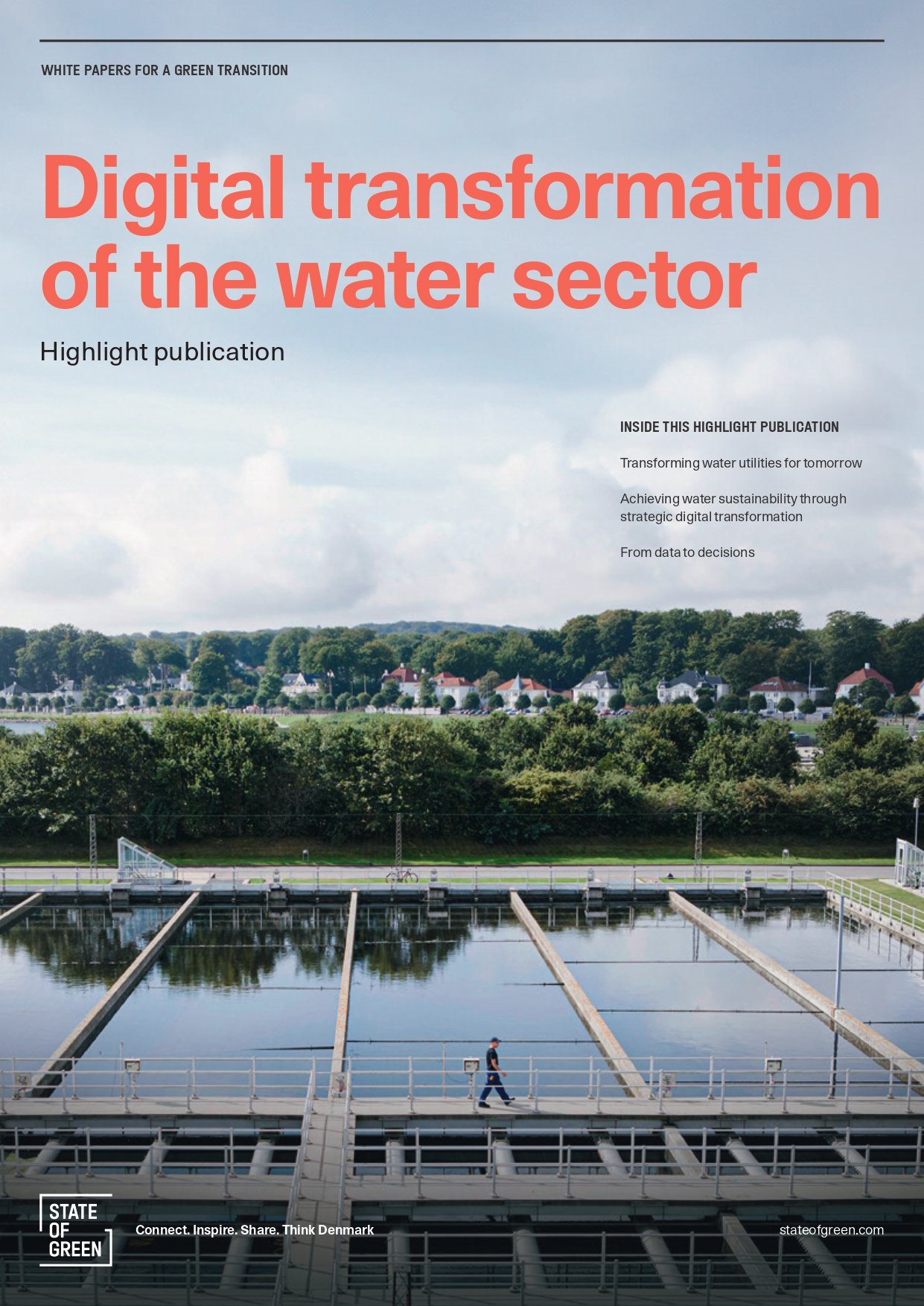News
Biogas
District heating
Recycling of waste to material
+1
“Every time we consume 100 units of energy, we send back 260”


During a period of two and a half years, the wastewater treatment plant has gone from energy consumer to energy producer.
“Every time we consume 100 units of energy, we send back 260 units, which is completely unique,” explains John Buhr Christiansen, Director at Biofos, which owns Lynetten wastewater treatment plant.
One of the areas where energy consumption has been reduced is in connection with stirring and oxidisation of the water. A novel discovery cut energy consumption in half by blowing in air from the tubes that lie at the bottom of the reservoirs.
However, the most important change is found in terms of energy production. Based on the sludge separation in connection with treatment of the wastewater, more than 3 million cubic meters of biogas has been produced for the Copenhagen city gas net during the first six months of 2016. This covers approximately 1/3 of consumption in Copenhagen. At the same time, the dry sludge is incinerated in Lynetten’s own incineration plant, which has produced 18,740 MWh of district heating, also during the first six months of this year.
Technical details
A fluid-bed incinerator has been installed together with a modern flue gas cleaning system at Lynetten. Furthermore, a flue gas condensation step has been added. Thereby, the process of sludge disposal has been turned from an energy consuming to an energy producing process. There is much more surplus heat available to the district heating system and there is a lot of biogas available.
The main part of the high temperature heat from the boiler is first used for pre-drying of sludge and the rest of it, plus the energy from the condensation, is used for district heating. The additional surplus heat capacity is used in the local low temperature district heating network.
Detailed analysis showed that the best solution for the whole society was be to clean the surplus biogas and use it directly to produce city gas, which today is produced by mixing natural gas with air.
Key data
- Capacity: 2.35 tons of Dry Solids per hour
- Sludge from 1,000,000 Person Equivalents
- Boiler production: 3.8 MW
- Heat from boiler is used for drying the sludge and for district heating
- Flue gas condensation: 2.8 MW
- Heat from flue gas condensation is used for district heating
- It is connected to the district heating of CTR and Copenhagen Energy
- Biogas production on digesters: 900 Nm3/h
- Biogas is used for city gas production to Copenhagen Energy
- The main part of the residues (fly ash) can be used for building material
- Located with respect to the city infrastructure
Source: Energy Supply (article from Danish newspaper Politiken) + Ramboll
You should consider reading
publications
Resource efficient production
+15















